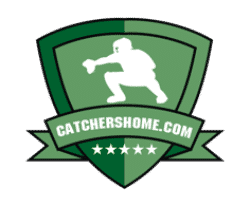Need to know how to measure for catchers gear?
This short and easy-to-follow post details the simple ways to measure and learn the size you need for different pieces of catcher’s gear.
Read on to learn more!
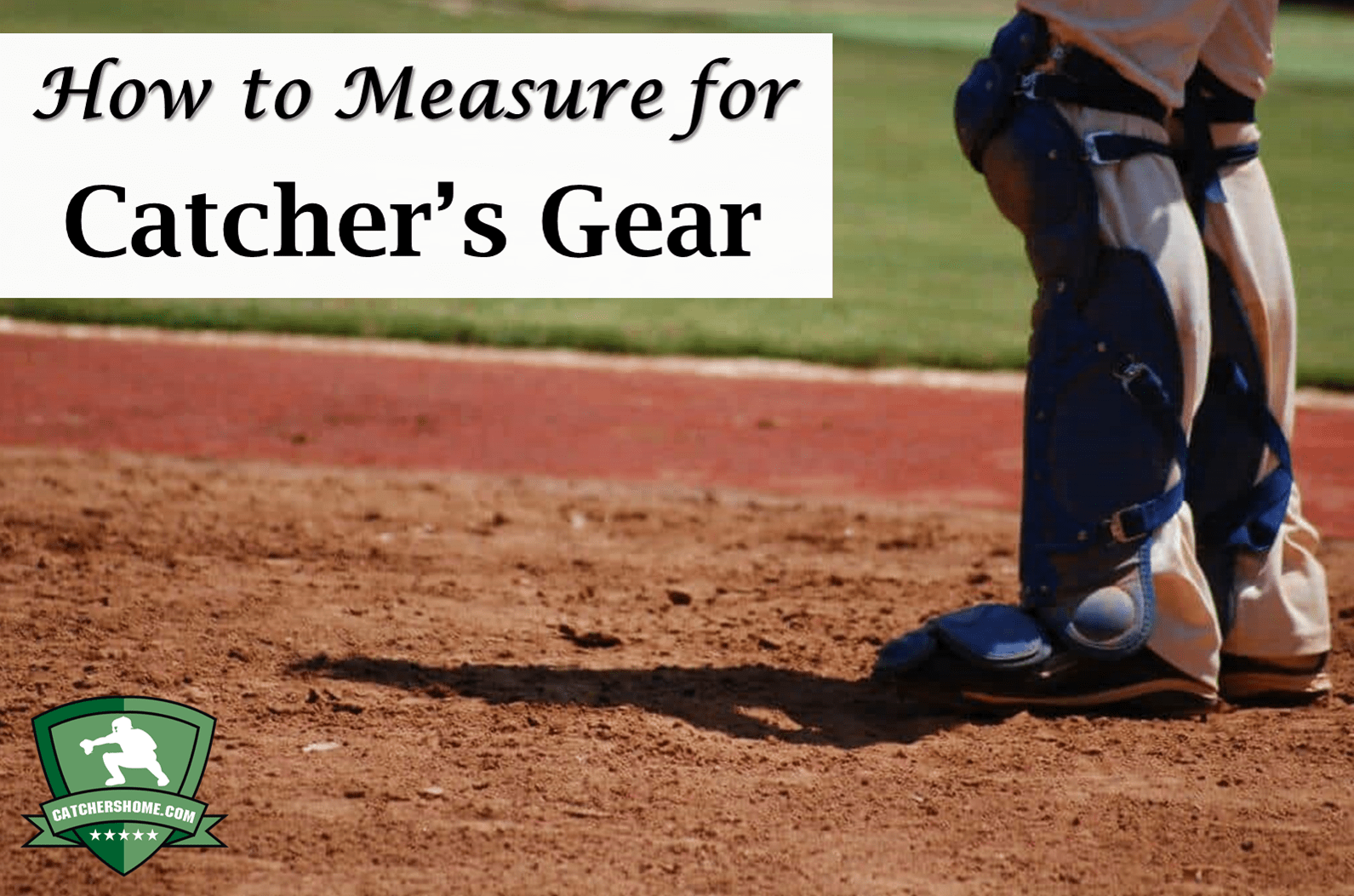
How to Measure for Catchers Gear
This short post was written to help catchers and parents of catchers that need to buy one or more pieces of equipment learn how to size catchers gear.
It is especially helpful if you’re planning to buy gear online, which is what we recommend since that will present you with the greatest possible choices (and prices) in the market.
Catcher’s gear is made up of several different pieces of equipment, and we detail how to measure for catchers gear at home by outlining the process for each piece of equipment, one by one.
Don’t worry - it’s simple to do this. Keep reading to learn how.
Catcher’s Helmets
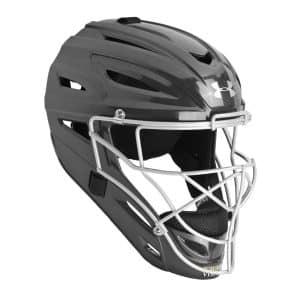
In our experience, most brands sell catcher’s helmets in two different sizes (occasionally three). Those sizes are small and large, alternatively referred to as youth and adult.
If sold in three sizes, they are typically called small/youth, medium/intermediate, and large/adult.
But how do you determine what size you need to buy?
By knowing your hat size!
If you’re wondering how to measure for a catcher’s helmet, it’s simple. Just take a cloth tape measure and measure the circumference of your head, in inches.
Friendly note: it’s best to measure slightly above the ears.
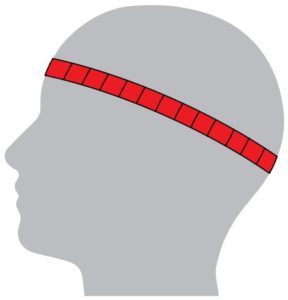
The inches you get on the tape measure is your hat size. Then, look at the product you are interested in buying and choose the size within the range that includes your hat size.
That’s it!
Be sure to check out our detailed reviews and recommendations for the best catcher’s helmets. Links to each review are below:
Catcher’s Masks
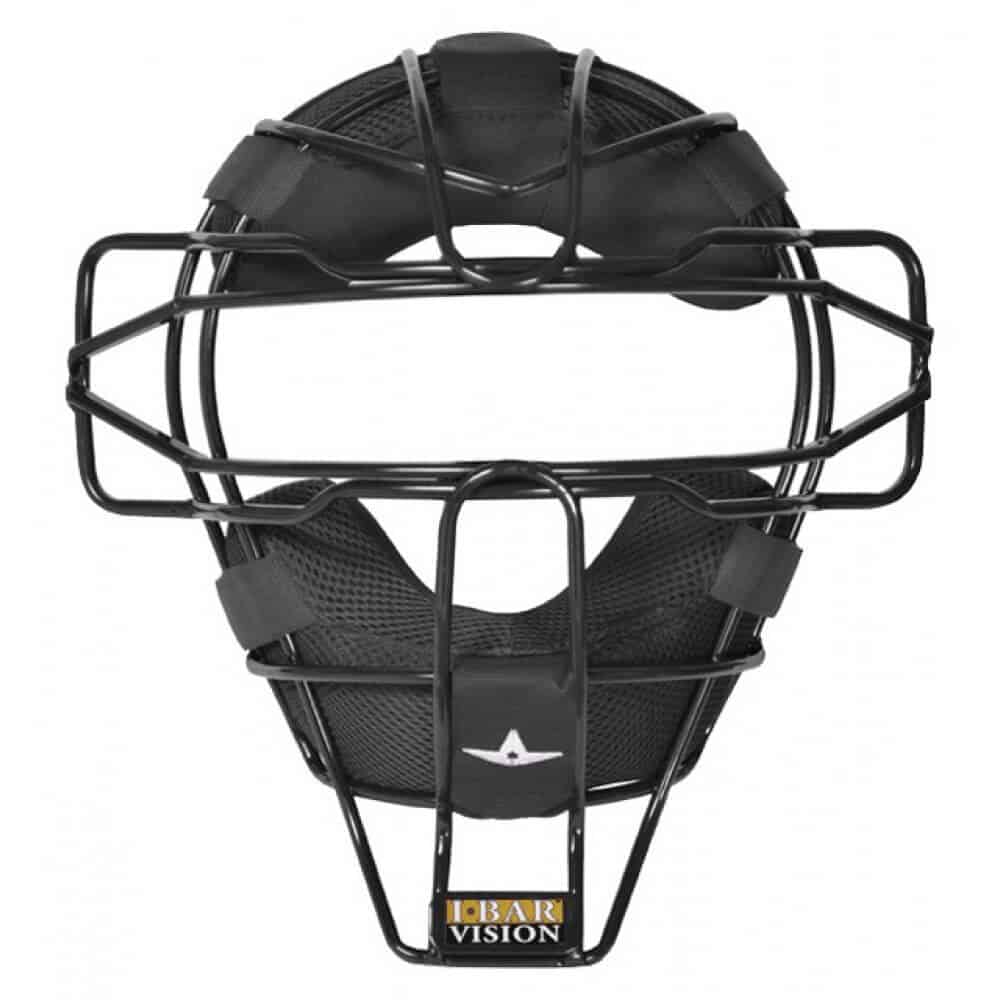
Most catcher’s masks on the market are one size fits all.
Translation: they will fit almost anyone.
This is because catcher’s masks have a harness system on the back which allows you to adjust the tightness as needed.
The majority of brands out there who sell catcher's masks don't specify a size. Brands that do typically determine the size by a person's hat size (see above on how to learn your hat size).
Keep in mind that, when buying a catcher’s mask, you will always need to buy a separate skull cap to go with it.
Also, the major brands that manufacture catcher’s masks do so for adult level (e.g., roughly high school and above) baseball players.
Rarely, if ever, will you find a major brand marketing catcher’s masks for fastpitch softball or youth baseball players.
If you’re interested in buying a new catcher’s mask, we would encourage you to check out our detailed post on the top catcher's masks by clicking here.
Chest Protectors
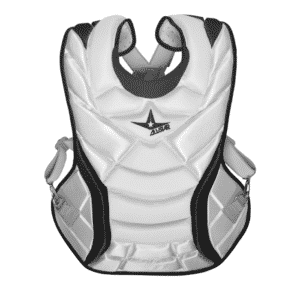
Chest protectors for baseball and fastpitch softball catchers are sized based on inches.
Those inches indicate the distance between your belly button and the top of your throat.
So, the question of how to measure for a chest protector is pretty simple. Use measuring tape and measure the distance between your belly button and the top of your throat. Follow this simple method to find what size chest protector you need.
When in doubt, we recommend choosing the next size up from the one you measured.
For example, if you measure 13.5 inches, get the 14 inch chest protector version.
What you don’t want to happen is to end up with a chest protector that does not provide you with enough coverage.
We have scoured the market for the best chest protectors for catchers, and you can check out our top picks by clicking the links below:
Leg Guards
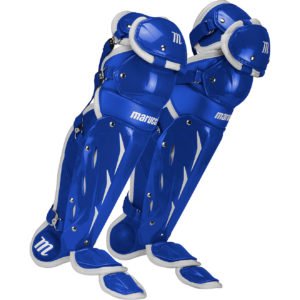
Like chest protectors, leg guards are also sized in inches.
The distance in inches comes from the length between the middle spot on your knee and the bend in your foot.
So, if you want to know how to measure for leg guards, simply take a tape measure and measure the distance between these two spots to determine your size in inches.
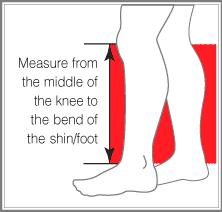
Also like chest protectors, choose the higher number if in doubt. So, if you measure 16 inches and a 16.5 inch product is available, we suggest choosing the 16.5 inch leg guard version.
One last note about leg guards: they are always sold in pairs - not as individuals.
To learn more about our choices for the best leg guards available today, click our links below:
Catcher’s Mitts
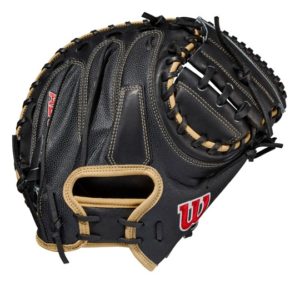
If you want to know how to measure for a catchers mitt, you’re in the right place!
Catcher’s mitts are not measured in inches. Instead, they are measured by their circumference, not by their length like other non-catcher gloves are.
This means that a 33 inch catcher’s mitt is not roughly three feet long, but rather, has a circumference around that amount.
We suggest most baseball catchers use a mitt that's around 33 or 33.5 inches, while most fastpitch softball catchers should use a mitt around 34 inches.
For youth aged catchers, we suggest subtracting an inch from these amounts. For example, a good size for youth baseball catchers is 32 inches.
These are not hard and fast rules, though. Catchers can always pick a size that is a little larger or small than the recommended size based on what they feel most comfortable with.
One final factor to keep in mind regarding sizing for catcher’s mitts is the size of the hand opening and finger stalls used inside the mitt.
Catcher’s mitts specifically branded for youth catchers typically have smaller hand openings and finger stalls than an adult sized mitt.
Also, catcher’s mitts for fastpitch softball often have hand openings that are designed specifically for female hands, which means they tend to be slightly more narrow.
Non-youth catcher’s mitts for baseball typically have similar hand opening sizes. The only exception we’ve seen to this are the “Pedroia” style mitts that Wilson produces, which were designed to have small hand openings.
At the end of the day, though, we suggest not getting too caught up about hand openings for catcher’s mitts. Many come with adjustable straps or other ways to loosen or tighten it.
We encourage you to check out each of our top catcher’s mitt picks. To see them, click one or more of the links below:
That’s A Wrap!
We hope this post helped you learn how to measure catchers gear.
We’d be more than happy to answer any questions you have, so feel free to get in touch via our contact page or by sending an email to scott (at) catchershome (dot) com.
Thanks for stopping by Catchers Home.
Scott Perry
Scott Perry is the owner and lead author at Catchers Home. He's a former baseball player, a current coach, a husband and a Dad. He remains as passionate about baseball today as he was as a kid.
